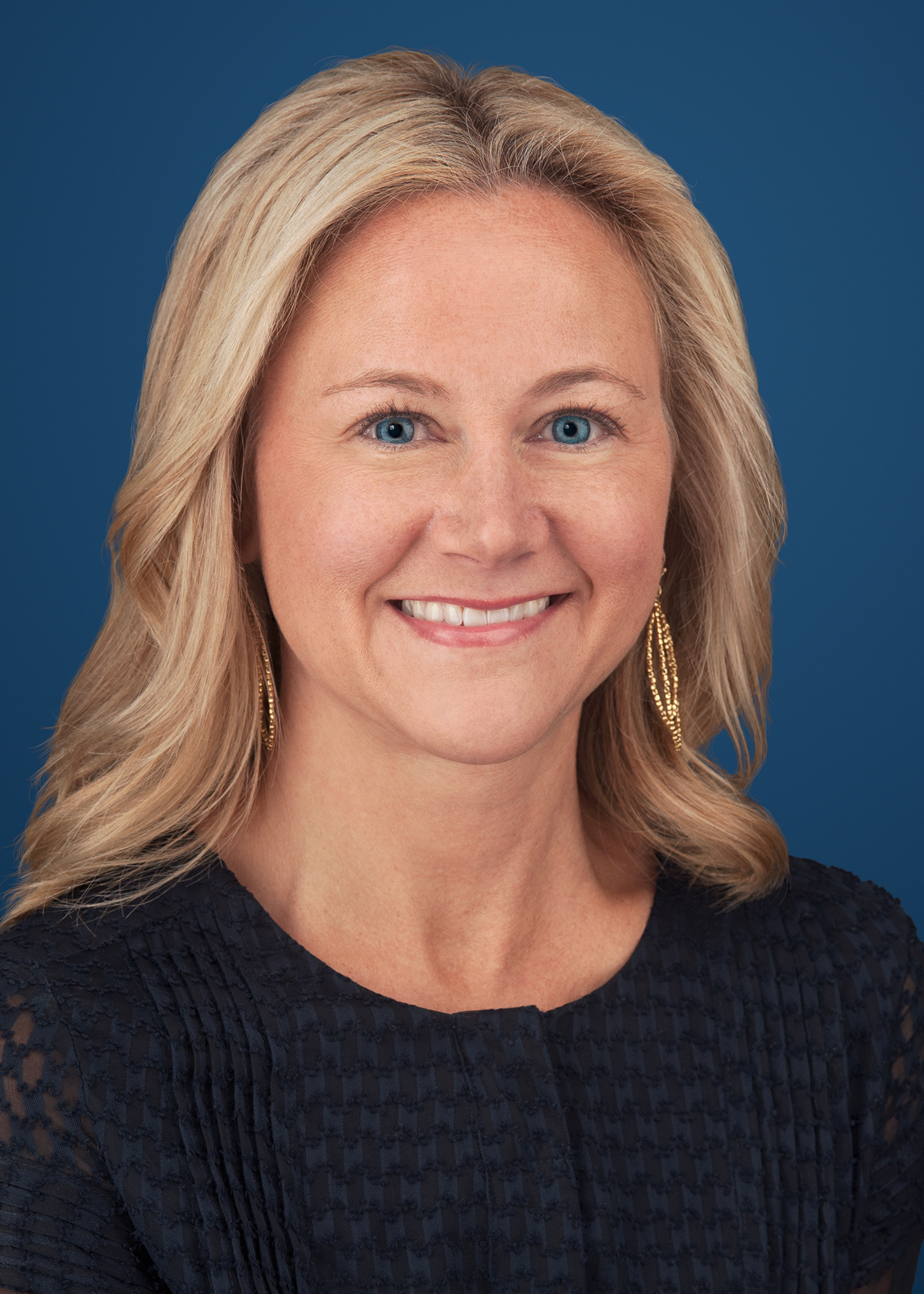
Many organizations struggle to identify their next generation of leaders. They may roll out rigorous selection processes or judge leadership capabilities based on past performance or increased responsibility. The HBR article “How to Spot and Develop High-Potential Talent in Your Organization” perfectly explains the problem with these approaches: “Past performance doesn’t tell you who can do things they haven’t done before. It also doesn’t help identify high potentials earlier in their career.”
Of course, there are many ways to approach this problem. However, the most successful approach is also the simplest: Open up development opportunities for as many individual contributors as possible.
In our recent interview, the Chief People Officer (CPO) at The Aerospace Corporation, Heather Laychak, shared a best-in-class example of this approach. She also shared insights into company culture, the challenges of the CPO job, and her top book recommendations for aspiring CPOs (among other things).
The Aerospace Corporation is a national non-profit with approximately 4,600 employees. The company provides objective technical expertise and analysis to solve some of the most challenging problems facing our nation’s space programs. Aerospace is sponsored by the U.S. Space Force and works with a variety of civil and commercial organizations such as NASA and SpaceX.

The Secret to Great Frontline Leadership? Developing Aspiring Leaders
Central to Laychak’s philosophy around leadership development is preparing as many individual contributors for leadership as possible. She said, “Not all high-performing individual contributors want to be a manager or would be a good one. For that reason, we seek to develop our managers before they become leaders.”
Laychak and her team meet this goal through their Aspirational Manager Program for individual contributors. “This program is open to anyone at any level as long as you are interested in becoming a manager, leading a team, or influencing teams that might not directly report to you,” Laychak explained. The program is one of the most popular and fastest-filling programs in what Aerospace refers to as Aerospace University.
The program’s popularity and effectiveness hinges on actual practice. “For example, you've got to give performance feedback to an employee who might be struggling. How do you handle that? How do you do it with grace and dignity so that the person walks out of the conversation feeling supported?” Laychak said. Another example she shared involved telling a high-potential team member they weren’t selected for a job they applied for. Aspiring leaders also practice firing and hiring to grasp what the role entails.
Laychak’s team measures the success of the program in two main ways:
- Manager feedback – “When aspiring leaders become managers, we ask them questions such as How much did the course help? Did you feel prepared?”
- The number of people who self-select out of management roles – Another form of success is when aspiring leaders self-select out of leadership roles. Instead of struggling in a role they don’t like and turning over, those aspiring leaders will continue to thrive in individual contributor roles.
Space Workforce 2030 Initiative Helps Foster a Culture of Diversity
Aerospace is in its second year at a new initiative named Space Workforce 2030. Started by the CEO, the initiative brings the space industry together to focus on diversity. “We have 30 companies whose CEOs signed a pledge that stated we would collectively, in the aggregate, increase our diversity by 2030,” Laychak shared. “The pledge aims to significantly increase the number of women and employees of color in the collective technical space workforce.”
Aerospace is in a unique position because of its not-for-profit status. Other companies view them more as trusted advisors than competitors. As a result, Aerospace can collect data from all 30 companies (keeping it anonymous and confidential) and then report that data in the aggregate. “We were blown away when we learned that after our first year, we made progress as a collection of 30 companies. We're already starting to create change and momentum. We have many partnerships with government organizations and the White House.”
Three Book Recommendations for CPOs
Laychak recommended three favorite books for CPOs:
- The Culture Code by Daniel Coyle – On how to build and sustain a great culture.
- The Science of Organizational Change by Paul Gibbons – “Because I have such a highly technical, highly educated, and scientific workforce, this book resonates with them,” Laychak explained. “It's about how leaders set strategy, change behavior, and create an agile culture.”
- The Bezos Blueprint by Carmine Gallo – “This book presents different ways of thinking about how you communicate and influence, whether written or verbal. For example, we live and die by PowerPoint here, and Bezos pointedly did not use it in meetings. So, when I recently oversaw a leadership development program here, I said, ‘Okay, you have your action learning project to solve a business problem, but when you generate your solutions and share them, you can't use PowerPoint.’ The leaders said that not using PowerPoint was the hardest part of the project.”


